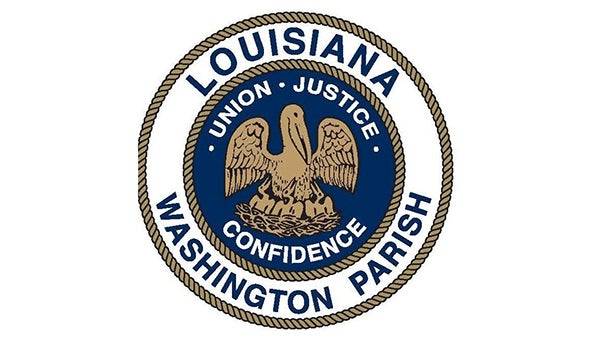Washington Parish Office of Homeland Security and Emergency Preparedness offers instructions
Published 9:16 am Tuesday, August 31, 2021
|
Getting your Trinity Audio player ready...
|
Officials with the Washington Parish Office of Homeland Security and Emergency Preparedness offered additional instructions Tuesday morning, as the parish continues to recover from the aftermath of Hurricane Ida.
The instructions are as follows:
Roadways throughout the parish still have safety hazards — downed trees, power lines and possibly standing water. There are multiple locations that only have one lane of travel cleared. Motorists are strongly urged to drive with caution, limit non-essential travel and follow these safety tips:
- Don’t assume road debris is just sticks and leaves. Many roads are covered with all manner of plant debris from the winds, but within that mess can be nails and other objects unfriendly to tires. Keep in mind, traveling just after a storm has a higher likelihood of experiencing a flat tire. Bring an emergency kit with you and cell phone, just in case.
- Wet brakes can take longer to slow a vehicle. After driving through large puddles, lightly apply the brake pedal to dry the brakes off.
- Keep speeds low, courtesy high. This has been a stressful time for everyone in the hurricane zone, so travel slowly — you never know what obstacles you may face — and be extra patient. Intersections may be without lights and drivers will be distracted, making errand-running a bit more dangerous than usual. Be kind to others, be predictable, and follow the laws.
- Don’t drive under fallen trees. Many trees have fallen during the storm, resting across power lines. While it may be tempting to driving under a tree that is arching over the road, don’t do it. It may look safe, but it is mere chance that is holding the tree in its position. Further, power lines may or may not have electricity coursing through them. Even if you avoid driving on the lines, a wind gust could blow an unseen wire into contact with your car.
- Call your insurance company if the car was damaged by the storm. Take photos of the vehicle and context, showing the area around the car. Having visual evidence of how the damaged occurred may help with processing the claim.
- Watch out for pedestrians. Many people are simply walking their neighborhood streets to assess damage, check in on friends, and get a little exercise. People are more likely to be literally in the streets, as sidewalks may be blocked, and the reduced traffic may encourage them to be less cautious.
- As you head out, go slow and watch out for others. Ultimately, you want to make the challenging situation better, not worse.


